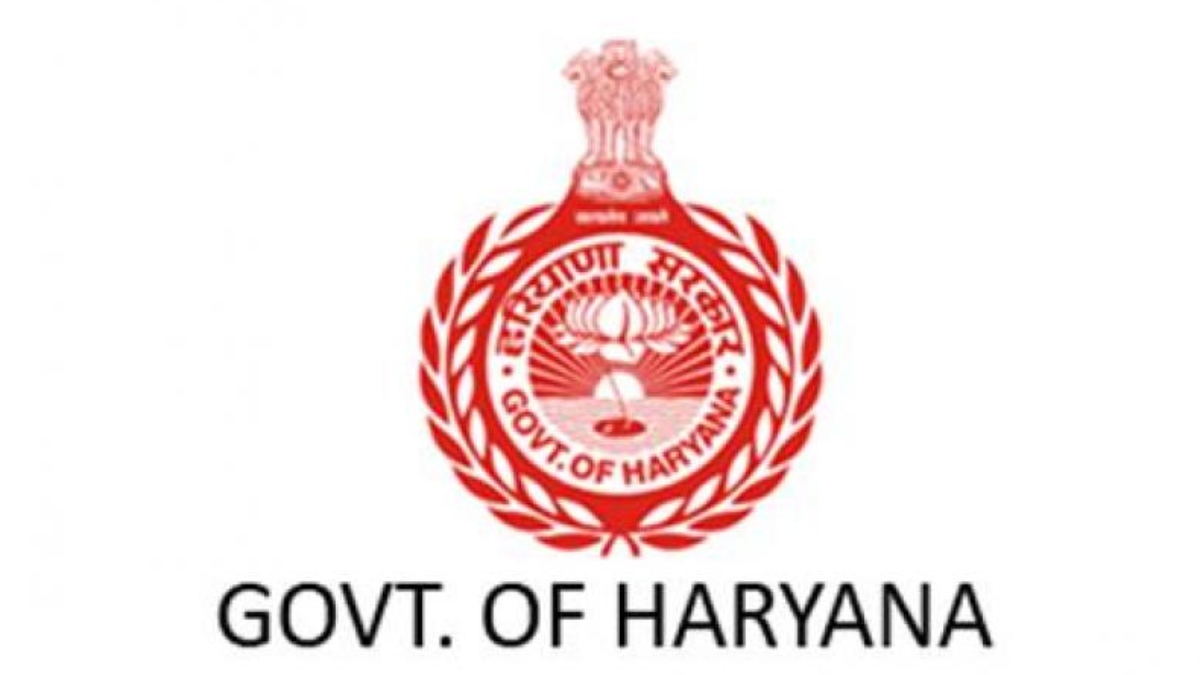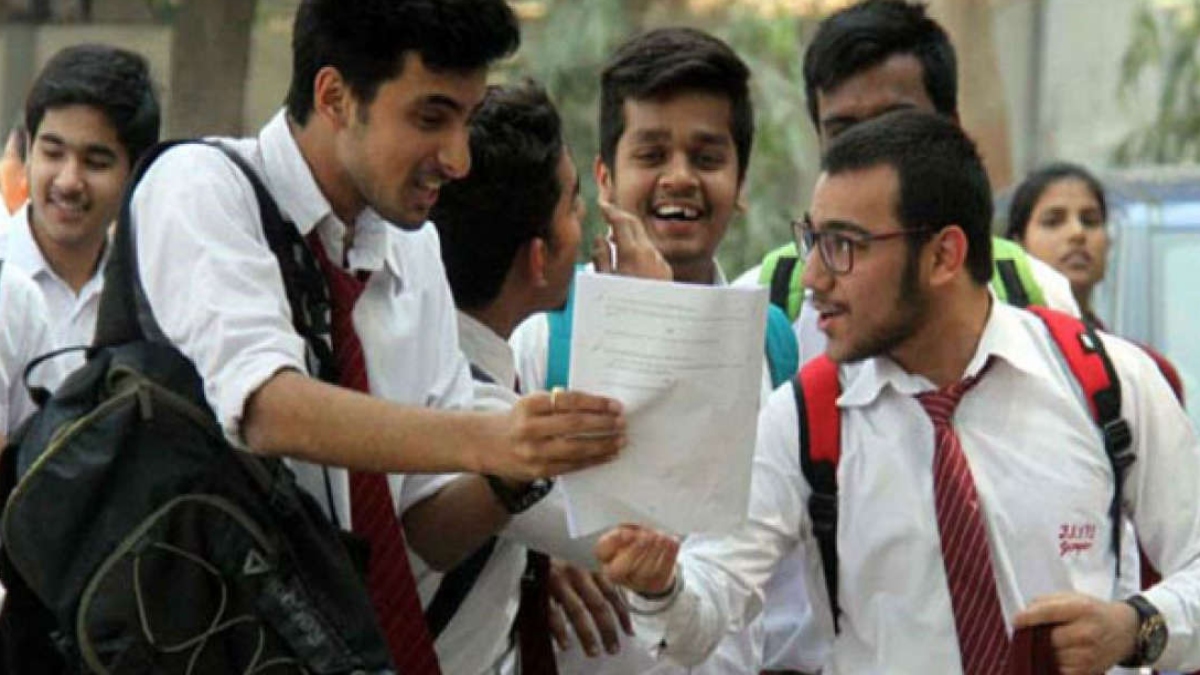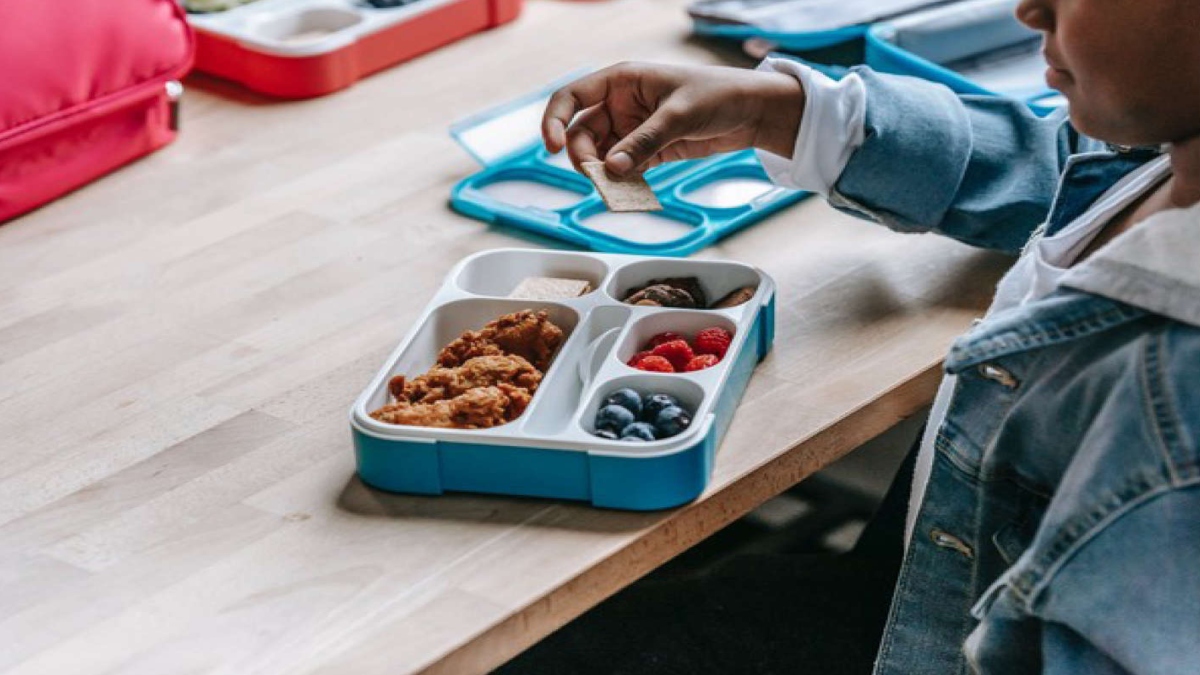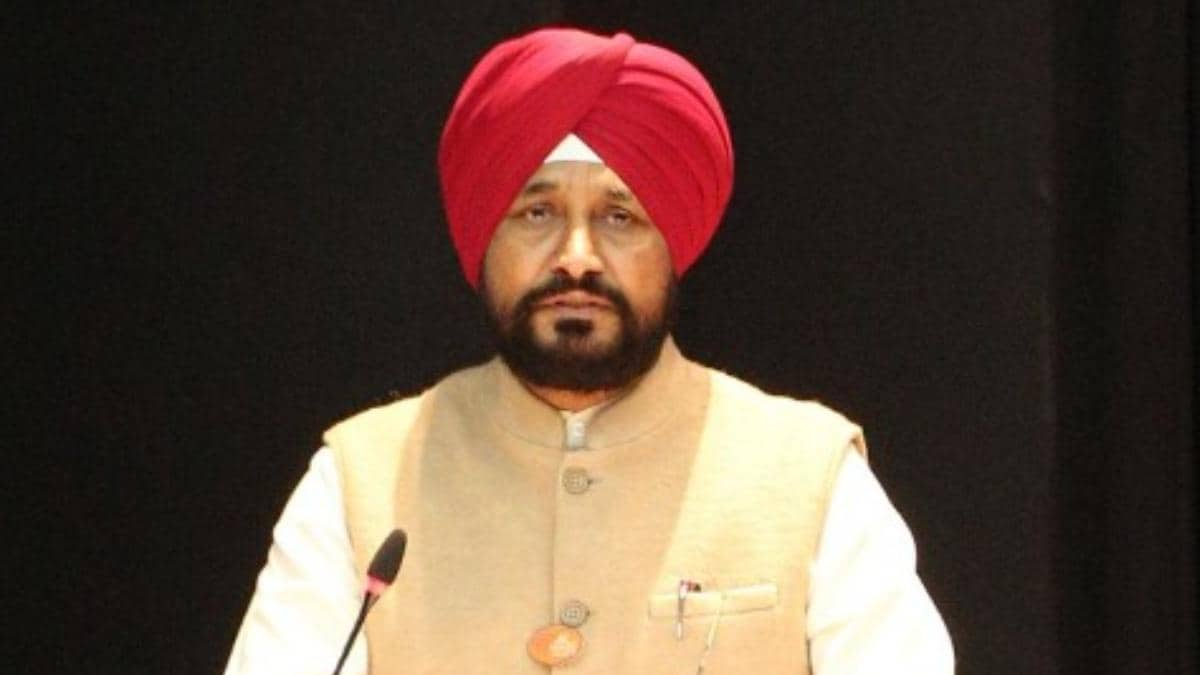Everyone is pulling up their socks as CBSE Class 10 And 12 Datesheet 2021 for Term 1 Board Exams is released. Now, only a few weeks are left for the exams, and it is a crucial time to give a final touch to your preparation. The major news after the announcement of CBSE Class 10 & 12 Term 1 Date Sheet 2021 for major subjects is that the CBSE has announced the date sheet 2021 for minor subjects as well. If you are the one who is also appearing for CBSE Board Exam 2021, then there are a few amazing tips that you NEED for Term 1. In the end, you’ll find ways to easily score high in CBSE Board Exam 2021:
1. DON’T SKIP STEP FOR WELL-VERSED PRACTICE
Getting acquainted with the updated syllabus of CBSE Board Exam 2021 is one of the most important things that you should never miss upon.
Every student has prepared for the CBSE Board Exam 2021 as per the syllabus but is a good practice to check the updated one in this last month once more.
You can check the updated CBSE syllabus for the board exam on the official site of CBSE at CBSEACADEMIC.NIC.IN
You need to focus only on those topics or chapters that are mentioned for term 1 exams.
Don’t ever skip any of Class 10 & 12 MCQs Official Resources Provided By CBSE. May it be CBSE Official Question Banks, CBSE Official MCQs Sample Papers Class 10 & 12 For Term 1 Boards, Online Study Material provided at https://diksha.gov.in/
2. A DECISIVE SUBJECT WISE EXAM CRACKER
(a) CBSE has hinted upon a sort of format for MCQs Class 10 & 12 questions for each subject via live videos for teachers. It might be a handy add on approach for CBSE Class 10 & 12 Term 1 Boards students. Here’s the link for that: http://www.cbseacademic.nic.in/web_material/Circulars/2021/88_Circular_2021.pdf.
MCQs Question in Boards might be expected to test cognitive skills and analytical thinking of students
For every subject, NCERT books, NCERT exemplar, and PYQS are must practice. These resources constitute important questions. The MCQs for CBSE Class 10 & 12 Term 1 Boards are likely to be reframed from these questions It becomes the need of the hour to stay familiar with the exam pattern as no one has witnessed this pattern in the CBSE regime.
(b) The Best Seller MCQs Based Oswaal CBSE Sample Papers Class 10 & 12 For Term 1 Board Exams 2021-22 have most likely MCQs reframed from NCERT Books, Exemplars, PYQs, all official CBSE resources and all MCQs typologies (Case-Based, Reasoning-Assertion, Stand-Alone). In this book, cognitive exam tools for comprehensive and integrated quick learning such as mind maps, mnemonics, revision notes, blended exam-based learning via concept videos might prove handy in memory recall at exam time.
You may also study with Oswaal CBSE MCQs Question Banks for Term 1 Board Exams 2021 for chapter-wise topic-wise exam preparation. Here’s the recommended link for MCQs Based Oswaal CBSE Sample Papers Class 10 For Term 1 Board Exams 2021-22: https://bit.ly/3vzuq0t MCQs Based Oswaal CBSE Sample Papers Class 10 For Term 1 Board Exams 2021-22: https://bit.ly/3C9yreG
The syllabus is also divided into two terms by keeping the concept of connectivity in mind.
With this division of syllabus, students can’t leave anything optional as the syllabus is already limited for the CBSE board exam 2021. Moreover, students can even get a glimpse of the pattern by visiting the official site of CBSE.
3. SUBJECT-WISE MUST FOLLOW COMPREHENSIVE APPROACH
For the 10th& 12 MCQs Based Term 1 Board Exams, we need to first classify the chapters into 3 categories: easy, tricky, and difficult. Then we need to anonymously prepare for these chapters for every subject as per the mark weightage in the boards. Here’s the reference video for Preparing MCQs Based CBSE Class 10 Maths Board Exam: https://www.youtube.com/watch?v=OK852achTK4
Students need to prepare their studies in the same format for every subject for CBSE Class 10 & 12.
4. MIND MAPS: A GREAT RESOURCE
Students face a lot of difficulty in remembering everything they come across the syllabus. In this situation, mind maps play a critical role in giving a new dimension to your preparation. When you are studying something, make a diagrammatic representation of it in your mind or take the help of Oswaal Samplepapers where you’ll get the Mind Maps for every chapter. https://www.youtube.com/watch?v=H3bwJadzKWI
Studies have also revealed that pictures have a long-lasting impression as compared to the theory. Try to make a connection of the topic you are studying with the previous one. When you are stuck in the exam at a particular question then try to remember in which chapter you have studied it. After that, try to remember under which topic you studied it and on which corner of the page it was present.
5. EXAM TIME CONFIDENCE BOOSTER, A 360 PREPARATION EXAM APPROACH
At this time, you only need to evaluate the preparation that you have done so far. Mock tests are the true way that can help you introspect your preparation journey. When you take the mock tests in a time-bound fashion, you realise where you are lacking. Is it on the time management part? Is it regarding your preparation? Are you getting nervous?
So, with the assistance of mock tests, you get answers to all such questions. This ultimately helps you to go a step further and work on the area where you are lacking. Here’s the recommended link for Weekly Newly Updated Chapter-wise & Comprehensive Mock Tests For MCQs Based Term 1 Board Exams for CBSE Class 10 & 12: https://bit.ly/3E6HJbG Here, you may also 360 live analysis of your online exam score too via detailed solutions
6. THE ULTIMATE KEY TO SHINE
The more you practice, the closer you get to your goal. You should practice an ample number of sample papers to score high in your CBSE Board exam 2021. Sample paper comprises all the latest typologies in addition to the great pool of important questions that are important from an examination point of view. After solving a sample paper, you can even check your answers and calculate your entire score. You can even check the answers to the questions that you were unable to attempt so that they can help you on the day of the exam.
7. DO’S TO FOLLOW WHILE IN EXAM HALL
Students will need to answer the assertion and reasoning-based questions and all MCQs Typologies of Questions in the time frame of 90 minutes. Students need to give the first 10 minutes to thorough reading of all questions. Thereafter, they can easily classify questions into easy, tricky, and difficulties. The next 70 minutes to be dedicated to completely solving the exam paper in ascending order of difficulties. Thereafter, the last 10 minutes to be given to complete revise the attempted exam papers. Beware to deploy your logic carefully while solving tricky questions, as they might be having closely matching options
BOTTOM LINE
While students encircled a wrong option in the OMR sheet, he/she may cross it. CBSE has provided an extra circle in OMR, where students may write the correct option.
You should follow the above-specified strategy for the CBSE Board exam 2021. Moreover, if you want to get an edge over others then the CBSE Sample Papers for Class 10 and 12 are a true friend for you. You can get them to boost up your preparation and score high.
So, just buck up your preparation and All the Best for upcoming board exams!


 Opinion1 year ago
Opinion1 year ago
 Sports1 year ago
Sports1 year ago
 News1 year ago
News1 year ago
 Spiritually Speaking1 year ago
Spiritually Speaking1 year ago
 News1 year ago
News1 year ago
 Sports1 year ago
Sports1 year ago
 Legally Speaking1 year ago
Legally Speaking1 year ago
 Royally Speaking1 year ago
Royally Speaking1 year ago






